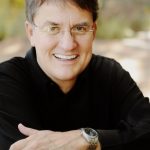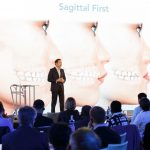Henry Schein Orthodontics, the orthodontics business of Henry Schein, Inc., has announced its fourth Annual European Carriere Symposium that will take place from 20-22 September 2018 in Paris, France, at the Hyatt Regency Paris Etoile Hotel.
The symposium will focus on the latest technologies and evidence-based treatment protocols to achieve an entirely new level of orthodontic excellence. Attendees will have the chance to learn about new and innovative concepts and tools that make a total-health difference in the lives of patients. From the ground-breaking SAGITTAL FIRST Philosophy to the new Carriere SLX 3D Complete Bracket System and Carriere MOTION 3D Appliances, renowned speakers will present innovative concepts to help diagnose and establish treatment plans. They will share proven strategies that increase clinical efficiency, shorten treatment time, and help achieve extraordinary long-term results.
The keynote speakers and inventor of the Carriere Philosophy, Dr. Luis Carrière, will focus on evidence-based clinical solutions for the treatment of complex class II and III cases.
“Innovations in our profession are ranging from equipment and new tools to treatment concepts that positively impact every aspect of how we achieve consistently, clinical excellence while enhancing the patient experience,” said Dr. Carrière. “Therefore, it is crucial to be open to new concepts, embrace innovations that deliver dental, facial and total health results that exceed patients’ expectations. With a simple, bonded biomimetic device such as MOTION 3D Appliances, for instance, utilising the SAGITTAL FIRST Philosophy orthodontists can reposition the mandible, expand the airway and balance the relationship between the nose, upper and lower lips and chin for enhancing facial harmony – either for Class II or Class III cases. This results in a non-invasive approach to face and health-driven orthodontics that greatly reduces extractions and surgery and thus the need for interdisciplinary therapy for the good of patients. I am convinced that orthodontists play a social importance in people’s lives.”
Dr. Luis Carrière will be supported by the programme chairman, Dr. Dave Paquette, who is also Henry Schein Orthodontics’ lead clinical advisor and presenter of “The Evolution of Self-Litigation”, and featured speaker Dr. John Graham, who will talk about how “SAGITTAL FIRST will transform today’s orthodontic practice”, along with an impressive line-up of world-renowned speakers.
Additional speakers and topics include:
- Dr. Ana Maria Cantor (Spain) Simplification of Class II and Class III Corrections Treatment Protocol
- Dr. Peri Colino (Spain): CBCT in Orthodontics: Advance 3D Solutions
- Dr. Francesco Garino (Italy): Aligner therapy simplified: Fewer trays, less time, better results.
- Dr. Antonio Guiducci (Italy): SAGITTAL FIRSTTM with passive self-ligation: Transforming today’s orthodontic practice.
- Dr. Glenn Krieger (USA): Increased case acceptance, amazing clinical images, and lower stress.
- Dr. Jep Paschal (USA): SAGITTAL FIRSTTM treatment approach explained.
- Dr. Olivier Setmon (France): The benefits of achieving a Class I platform in mixed dentition.
- Dr. Norihid Tsubura (Japan): Shifting the way we approach complex cases, by turning them into simple cases.
The presentations will be held in English and Spanish and simultaneously translated into French. Breakout sessions will be offered in French, Spanish and English. A breakout session will be dedicated for hands-on exercises.
At the symposium’s exhibition area, a broad spectrum of the latest innovations and new clinical solutions will be showcased, focusing on the integrated processes of the digital orthodontics workflow, including intraoral scanning, digital imaging, clinical orthodontic planning, and 3D printing.
In addition, networking will be available to allow orthodontists the opportunity to share their experiences with other peer professionals from around the world.
As in prior years, the event is expected to sell-out, bringing together leading orthodontic speakers and forward-thinking attendees in a powerful learning environment. To register, visit www.carrieresymposium.com




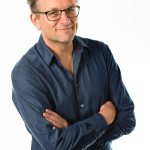
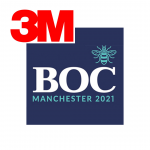
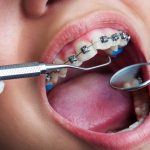
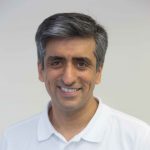



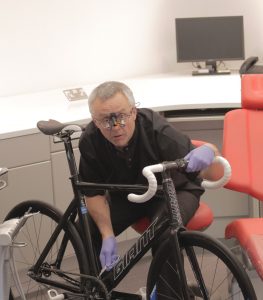 One of this year’s new recruits is a multiple Junior Scottish Champion and pro – hopeful, Georgia Mansfield, whom Ian had sponsored in her journey from determined schoolgirl to Torelli’s notice. En route from supporting this young Scottish cyclist, Ian has discovered that Torelli is this year desperately short of funds, and he is determined to help.
One of this year’s new recruits is a multiple Junior Scottish Champion and pro – hopeful, Georgia Mansfield, whom Ian had sponsored in her journey from determined schoolgirl to Torelli’s notice. En route from supporting this young Scottish cyclist, Ian has discovered that Torelli is this year desperately short of funds, and he is determined to help.